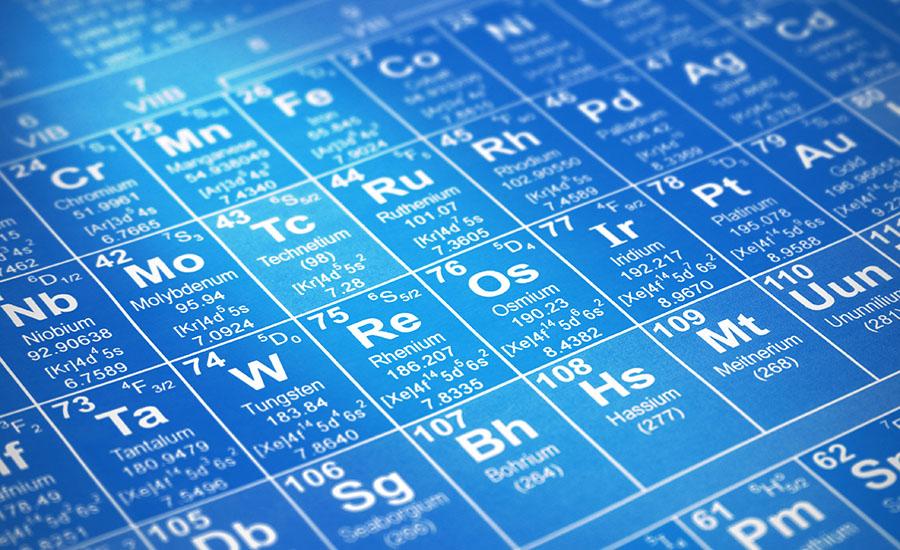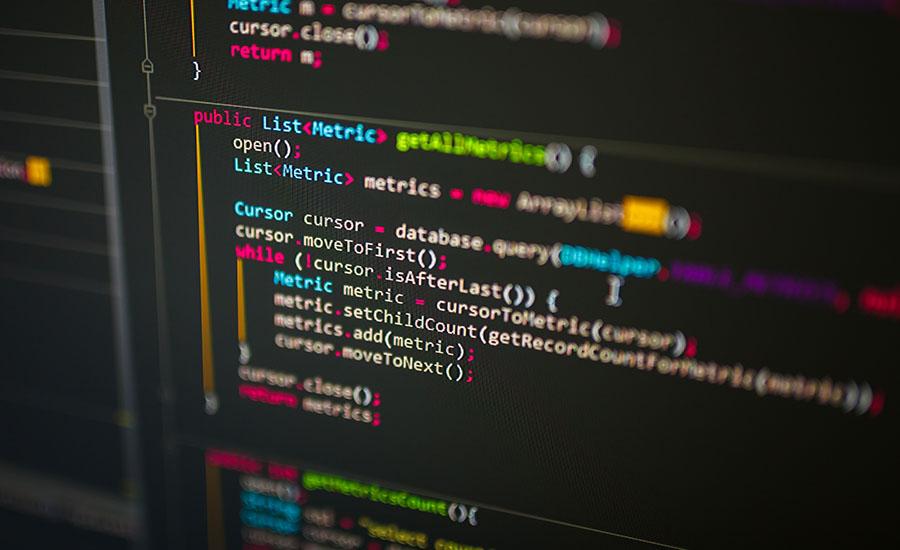
This set of lessons allows students to model the decay chains of radioactive isotopes and relate the mathematical patterns and scientific concepts together in a innovative and interactive way.

Over the course of the next 15 days, students will have the opportunity to create a sourdough starter using a one of six different flours provided. This lesson focuses on one of the data collection

Get ready to engage with some hands-on activities that will illustrate the mechanics of calculating both kinetic and potential energy and unravel the equations for these essential parts of physics.

Students will go through the engineering design process to come up with a product that will solve a real life problem. By the end of the unit, students will design their product, make their product

This hands on activity uses calorimetry to determine the calorie content of snack food. Different samples of snack foods are burned and the temperature change of surrounding water is measured. This

In this lesson, students will learn about and discuss the life cycle of a butterfly. They will then get 10 shapes total from the teacher (circles and squares). They will use their math skills to make

Students will research, design and build a treehouse using the engineering design process. They will practice budgeting by pretending to have $100 to spend by using a supply budget sheet. Students

This lesson is an introduction to Micro:bit. Students will learn parts of the device, as well as how to program and download a simple dice randomizer. Once the program is downloaded to the microbit

Calculating Moles to gram of multiple different compounds to make playdough. Includes easy and advanced practice problems (with answers) and teacher background knowledge. Basic easy ingredients are

Lesson explores compounds, mixtures and solutions, defining each and what distinguishes them from each other. Students complete a lab as an introduction, use a PowerPoint to refine their knowledge and

Students will solve mysteries using a digital scale, systems of equations, and their ingenuity! It enhances problem-solving skills and understanding of mathematical concepts.

Coding a robot to solve a math problem has made math even more fun! In this lesson, students will work with a partner to write a code that will enable the robot of their choice to successfully solve

In this lesson, Kindergarten students create a program that will teach their robot how to solve a simple addition problem. This lesson reviews prior learning students have already received regarding

This lesson is intended to be the second lesson within a series. After the first lesson, exploring the transfer of power within a system, Students utilize this lesson, lesson 2, to explain how and

Predicting the pH of an experiment - this is a more of an advanced lab for students that have lab experience or can be used as a demonstration by the teacher. Calculating Molarity. Great pre-lesson to

In this lesson, students use the Kepler’s Laws PhET Simulation to collect data on the period and average radius of the planetary orbits. They graph and analyze that data to derive Kepler’s 3rd Law.

Students will explore beginning coding thru binary coding and creating a name bracelet.

This is a hands-on activity where students can visualize, using Skittles as atoms, the concept of balancing chemical reactions. Many students get thrown off by the fact that products often look, smell

Launch into a fun activity! Students will be building a rocket, then blow into the straw inserted and watch how high their rocket flies. This fun activity can be done indoor or outdoor. Students can

Students will create a Google slideshow presentation to document their progress through the engineering design process, which includes: researching the science of sound, then creating an instrument

Pumpkin Jack Part One
This lesson includes fourth grade reading, writing, math, science, and engineering standards. The potential is endless with additional enrichment activities. Students participate in the nurturing and

I use this lesson as a fun activity to visualize unit conversions and the immense scale of the universe. I love this lesson because I find it challenging to teach unit conversions with hands-on

This lesson takes a look at 3 different injuries and the different systems that are affected and the math behind the functions of the body and medical interventions.

In this lesson, students will learn about Indi the robot and collaboratively solve addition problems using critical thinking and problem-solving skills. They will then become detectives to solve the
